Italy boasts more World Heritage sites than any other country in the world. It has 53 cultural and five natural UNESCO World Heritage sites, for a grand total of 58. UNESCO World Heritage Sites are deemed to be of “outstanding value to humanity.” These sites are actively identified, protected, and preserved under the Convention concerning the Protection of the World Cultural and Natural Heritage, which was adopted in 1972.
Every week, America Domani will release a list, and brief description, of 5 UNESCO World Heritage Sites, listed in the order in which they were inscribed. Last week’s list included the city of Verona, Monte San Giorgio, and Villa D’Este in Tivoli.
Sacri Monti of Piedmont and Lombardy
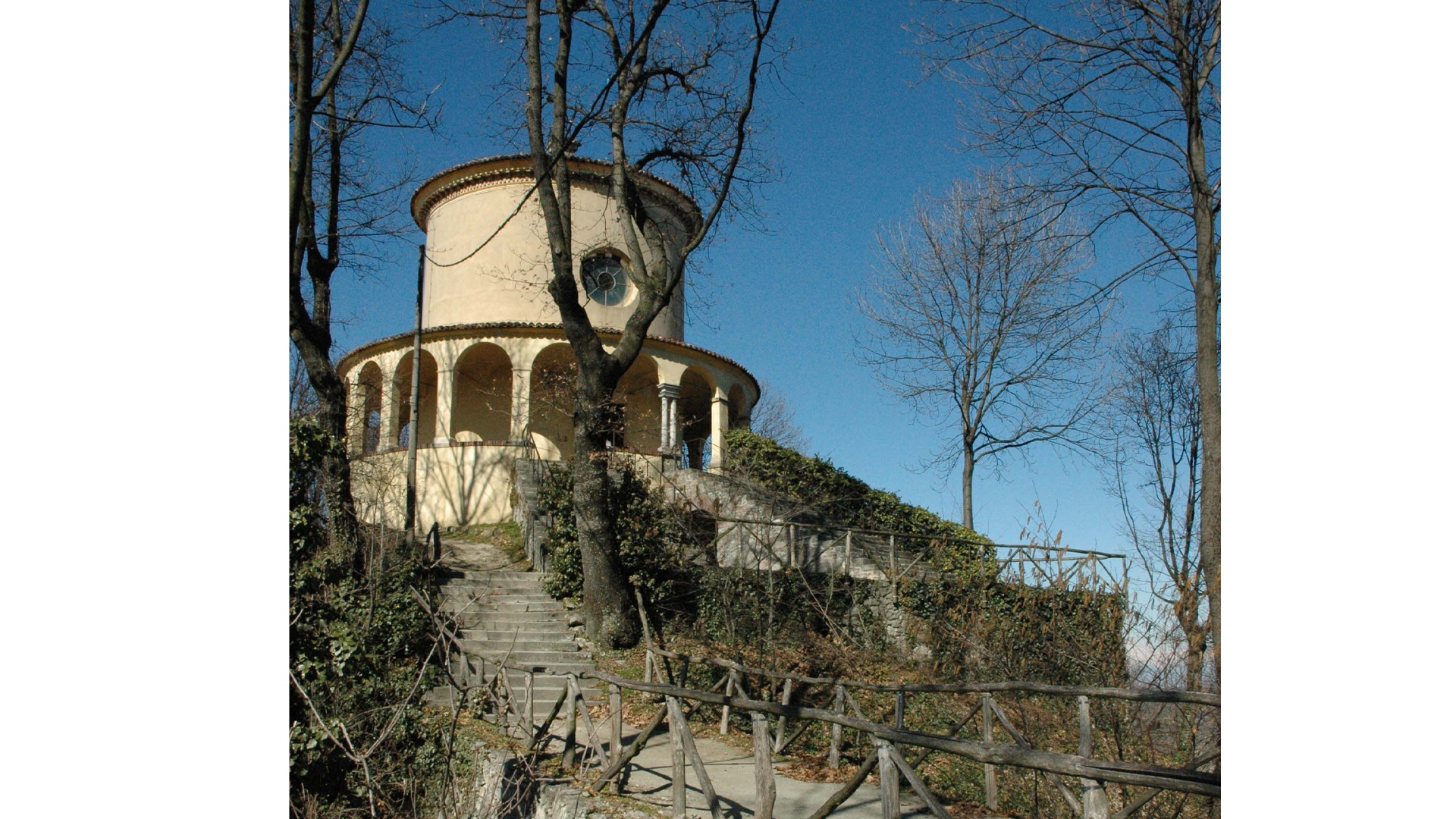
The Sacri Monti (sacred mountains) are a group of nine chapels and other architectural elements created in the 16th and 17th centuries. They are dedicated to various aspects of the Christian faith and have been integrated into the surrounding landscape.
Etruscan Necropolises of Cerveteri and Tarquinia
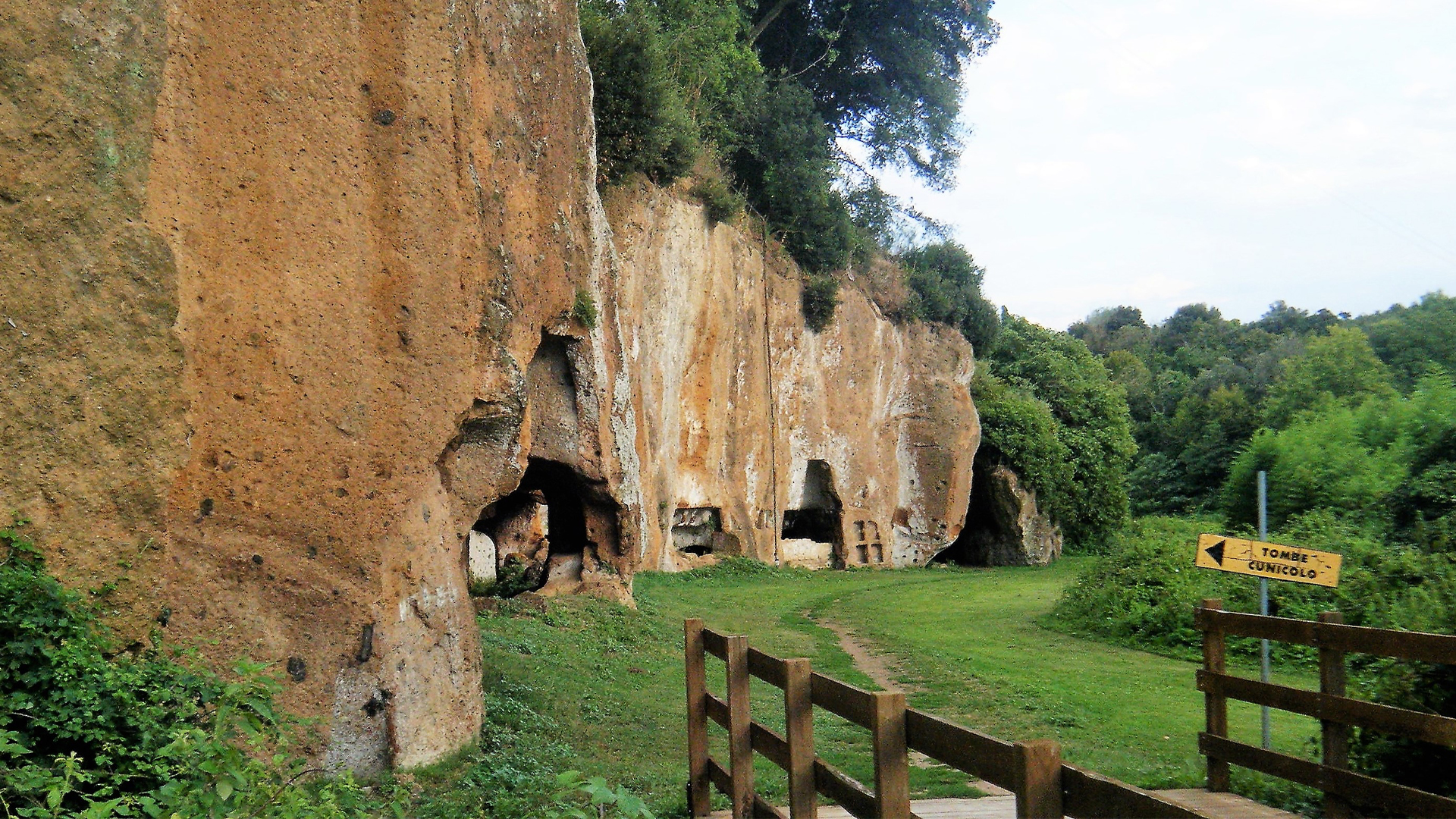
(Photo Credit: italia.it)
These two Etruscan cemeteries are cut in rock and topped with burial mounds. They illustrate the various burial practices of the Etruscan culture spanning between the 9th and 1st century BC. The necropolis at Cerveteri, contains thousands of tombs organized as a city, including streets, squares and neighborhoods. The necropolis of Tarquinia, holds 6,000 graves cut into rock, 200 of which have painted tombs. The earliest of these graves dates to the 7th century BC.
Val D’Orcia
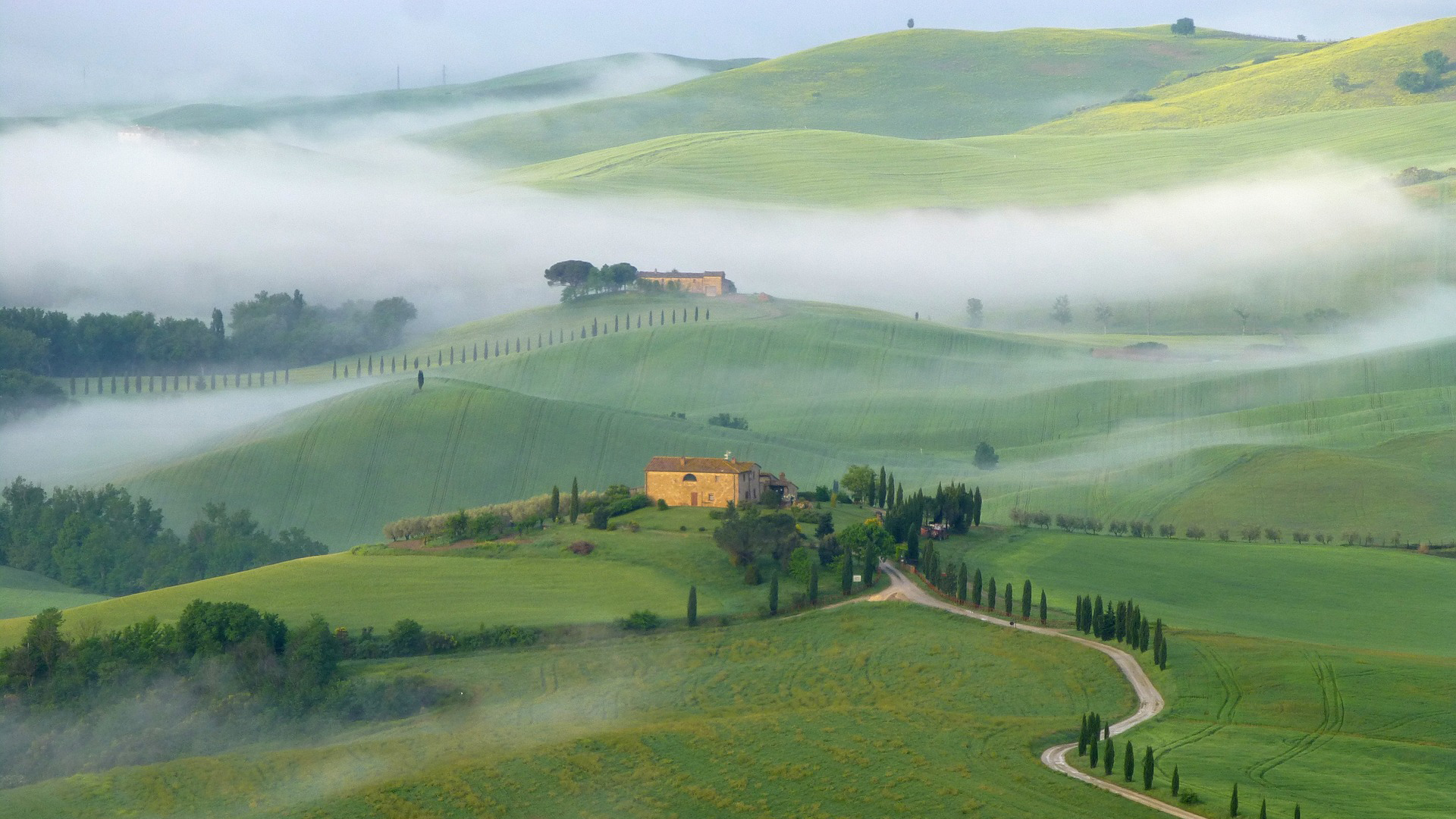
The Val D’Orcia landscape is part of the agricultural hinterland of Siena. It was developed in the 14th and 15th centuries when it was integrated into the city-state’s territory. The design was meant to symbolize an aesthetically pleasing, idealized model of good governance.
Syracuse and the Rocky Necropolis of Pantalica
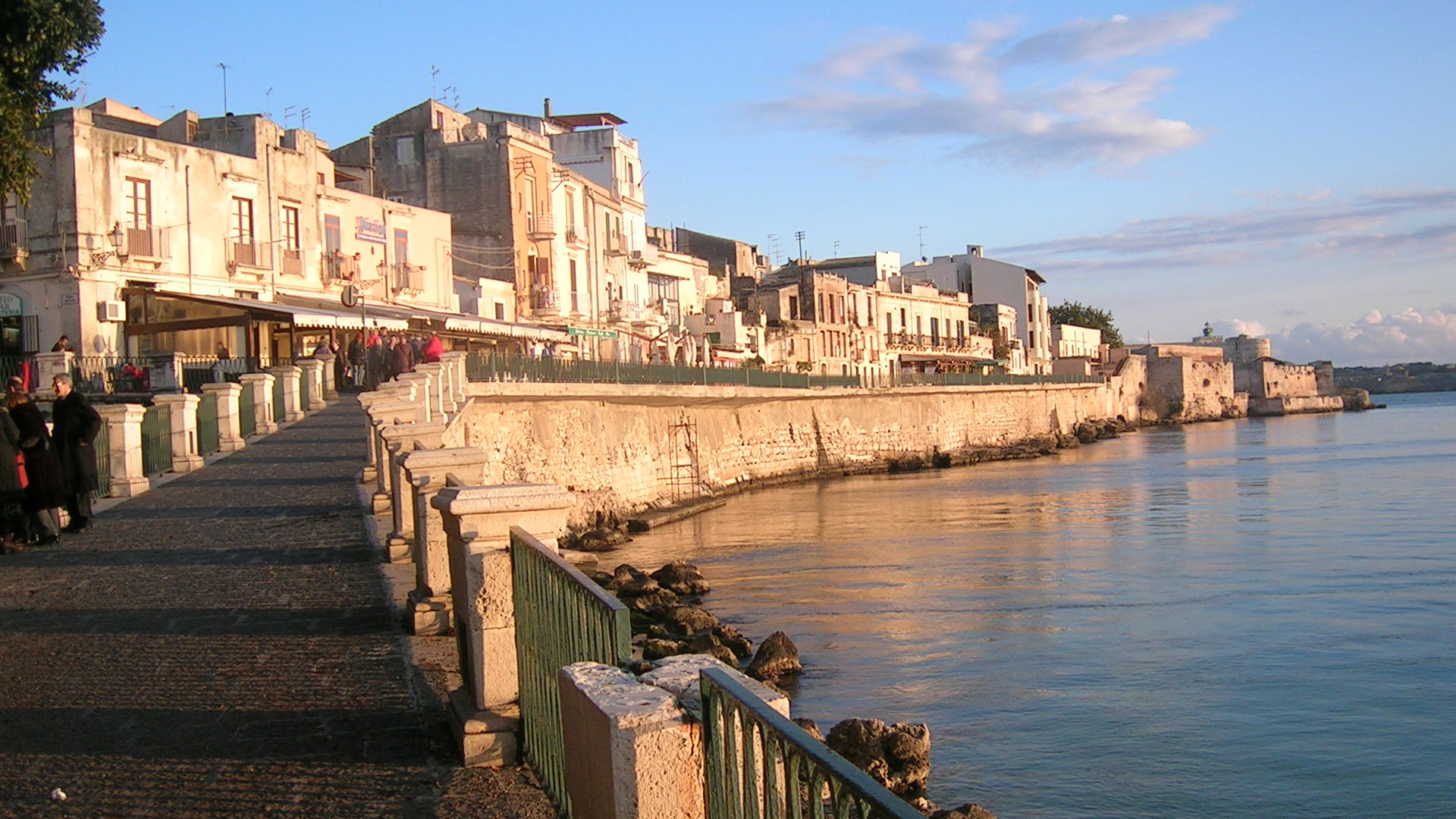
(Photo Credit: Francesco Bandarin via UNESCO)
This archaeological park contains elements dating back to the times of the Ancient Greeks and Romans. The Necropolis of Pantalica contains over 5,000 tombs cut into the rock, most of which date between the 13th and 7th centuries BC. The ancient Greek city of Syracuse is nearby, and was once described by Cicero as “the greatest Greek city and the most beautiful of all.” It contains the remains of the Temple of Athena, dating to the 5th century, a Greek theater, and a Roman amphitheater.
Genoa: Le Strade Nuove and the system of the Palazzi dei Rolli
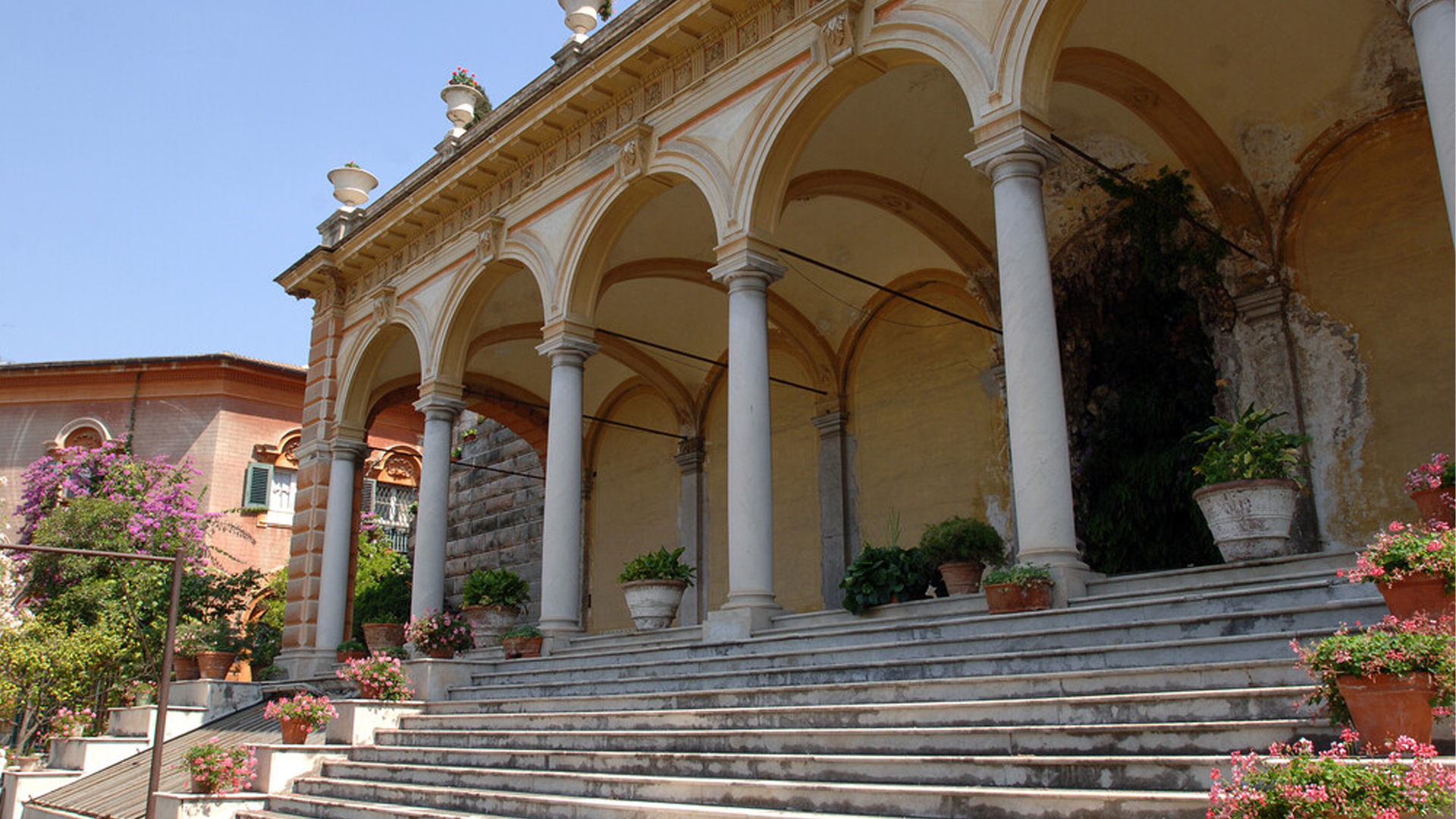
(Photo Credit: Michel Ravassard via UNESCO)
These structures, located in Genoa’s historic center, date from the late 16th to the early 17th centuries when the Republic of Genoa was at the height of its power. According to UNESCO, “the site represents the first example in Europe of an urban development project parceled out by a public authority within a unitary framework and associated to a particular system of ‘public lodging’ in private residences, as decreed by the Senate in 1576.”
Asia London Palomba
Asia London Palomba is a trilingual freelance journalist from Rome, Italy. In the past, her work on culture, travel, and history has been published in The Boston Globe, Atlas Obscura, The Christian Science Monitor, and Grub Street, New York Magazine's food section. In her free time, Asia enjoys traveling home to Italy to spend time with family and friends, drinking Hugo Spritzes, and making her nonna's homemade cavatelli.

